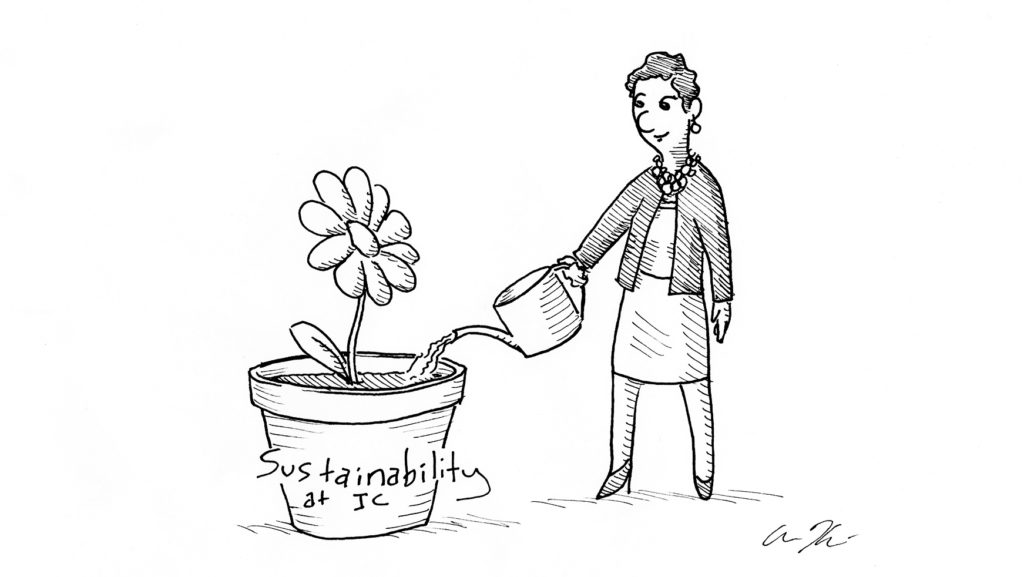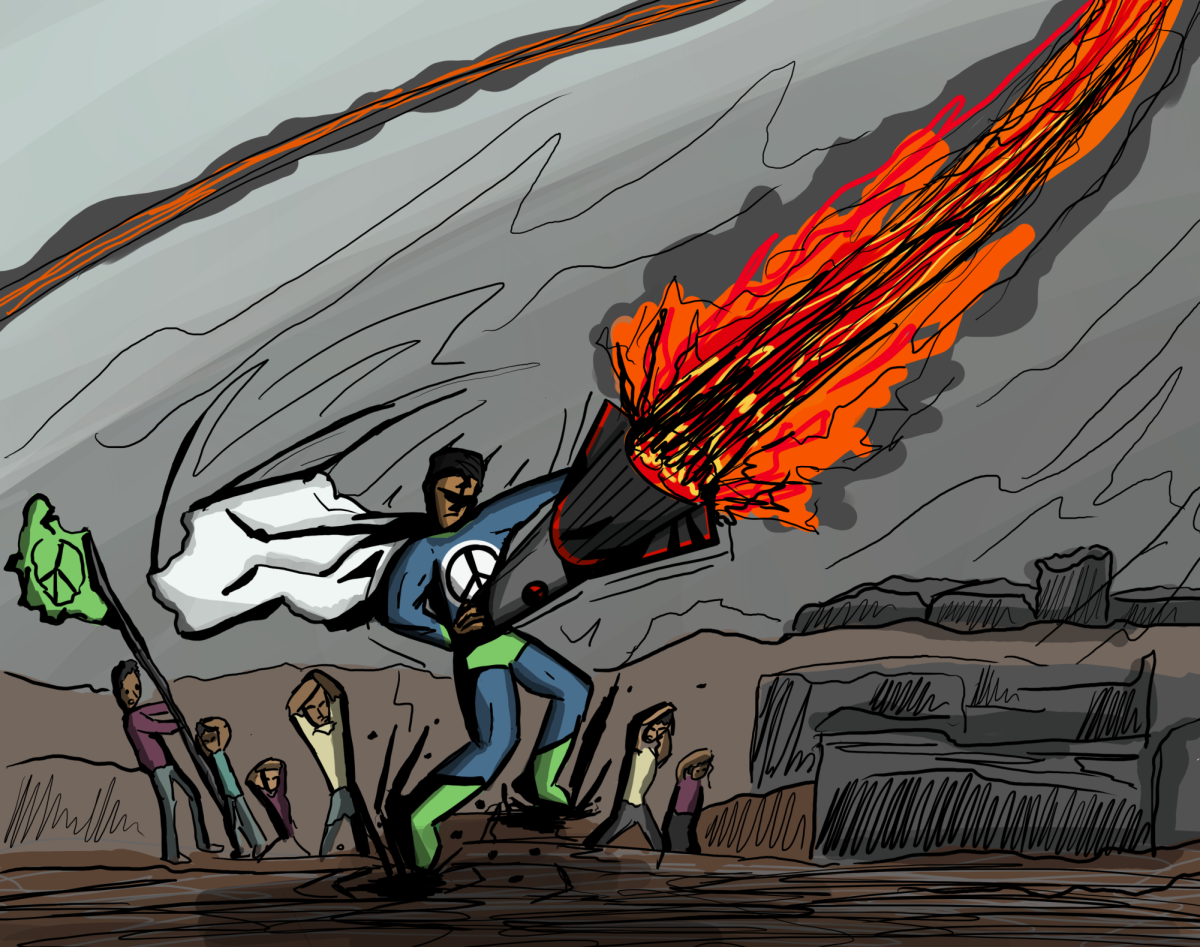On March 30, Ithaca College announced that, as of February, all of the college’s electricity supply has now completely transitioned to clean energy and the college will only purchase its energy from Green-e certified wind farms. Buying electricity through wind farms will offset 7,000 metric tons of carbon dioxide emissions and will completely eliminate the college’s scope two carbon emissions in accordance with the goals set by the Climate Action Plan.
Considering the hurdles that the administration has faced in terms of sustainability, it’s impressive that the college was able to offset these emissions. The Climate Action Plan was originally signed into action in 2007 by then-President Peggy Ryan Williams and approved by the Ithaca College Board of Trustees in 2009, but the college’s commitment to sustainability fell apart when Williams retired in 2008.
Under Tom Rochon, President Shirley M. Collado’s predecessor, both the Climate Action Plan and general sustainability goals were neglected as a result of structural and funding changes. Among other things, sustainability positions began reporting to different offices at the college, the position of sustainability programs coordinator was left vacant for over a year following the resignation of Mark Darling in January 2016, and the college stopped releasing progress reports on the Climate Action Plan in 2013. There was also significant turnover in sustainability leadership during Rochon’s presidency.
But with this announcement, it seems that Collado is putting a much-needed emphasis on sustainability. There is an obvious desire among members of the college community to make the college a more sustainable institution with the prevalence of new sustainability initiatives at the college.
But energy and commitment are not enough; in order to improve, Collado and her team must fully commit to reassessing the Climate Action Plan. While a Climate Action Plan Reassessment Team has been in place since 2017, it must make the current administration’s intentions for sustainability more clear. Furthermore, the proposed revisions to the Climate Action Plan should be clearly laid out to the rest of the college community. The return to annual progress reports could help the community’s understanding of these efforts.















